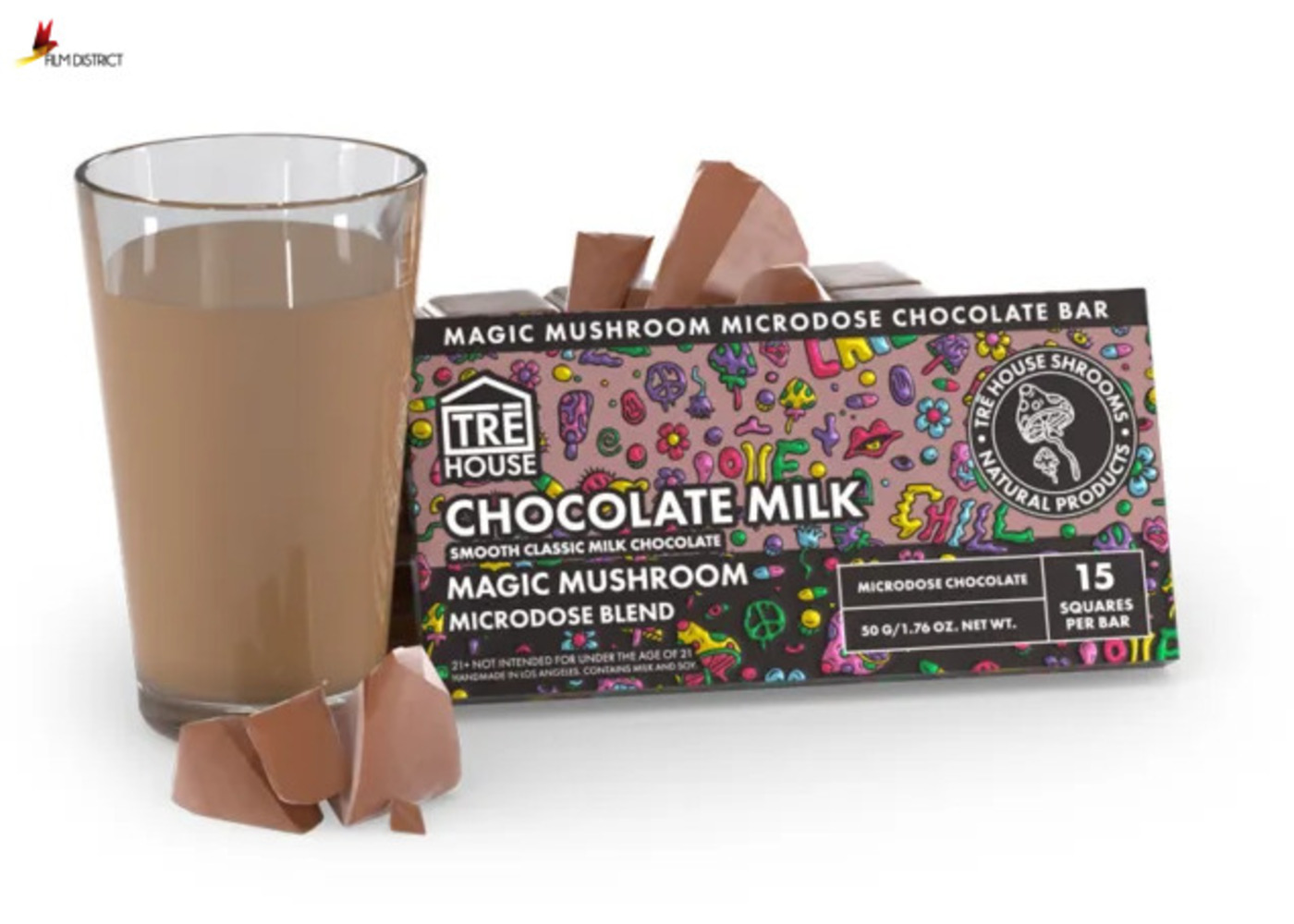There are many different styles to portraits, and every type offers a unique option for both professionals selling a service, or photography enthusiasts looking for creative ways to approach personal projects. The headshot photograph is not only one of the most basic portrait crops available, but it’s also an important one because it allows the photographer to place his entire focus on the subject without any distractions making them very appealing to business people, actors, and musicians.
But to the uninitiated, a professional headshot is a portrait photograph. While the headshot may be regarded as a type of portrait photography, however, not all portrait photography are headshots. Technically speaking, a headshot is a close-cropped photograph of the model’s face, from the shoulders up; with the subject of the photograph being camera aware and therefore looking right into the lens of the camera.
However, some portrait photographers treat headshots with resentment because they don’t see them as being creative. But in reality, headshots require just as much creativity as any other form of portraiture; in fact, when you’re working with such a tight crop, taking headshots can be a real art form since it takes some creative ability to be able to give complete attention how the model sits, their pose, as well as what should be the proper lighting setting to improve the overall quality of the image. Everything is carefully and thoughtfully considered, so you have to get them just right.

Headshot photography is the type of photography that is used to promote one’s business, work, and even personal profile. To get it just right, you have to know which camera settings work best for the kind of shots you wish to obtain. This article examines the best camera settings for headshots.
For studio shooting, it is essential to have your camera shoot in manual mode to lock the camera settings as setting it to the semi-automatic shooting modes would provide an incorrect exposure. It is advisable to set ISO to 100 for the best image quality with shutter speed set to the camera flash sync speed, or a shutter speed close to 160/sec – 1/200 sec may be sufficient.
Similarly, the aperture should be set to f/8 as this will provide the sharpest results for most lenses, besides, it should also give you leeway to go down to f/11 if you need to. Finally, you may also want to set the single-shot AF to a single point, and manually select a focus point that is close to the subject’s eyes when composing a shot while looking through the viewfinder.
If you are using studio flash or even a flashgun off-camera, it may prove difficult, if not impossible for you to reduce the power output enough to both sufficiently illuminate the subject as well as be able to shoot at a wider aperture. One of the ways to get around this is to set up your lighting in such a way that everything looks exactly how you want it with the aperture set to f/8. Thereafter, you may then either use a two-stop ND filter to open the aperture up to f/4, or a variable ND to go as wide as f/2.8 or f/1.8. However, one thing worth noting with the second option is that some cameras will struggle to autofocus with four stops of light being blocked; as such, you will have to take your time when it comes to focusing or switch to manual focus.
Indeed, headshots do not sound like the most exciting form of portrait; but the choice of whether they should be simple or creative is yours to make. From how the subject poses through how to set the lighting to clothes and props to background choice, once you start considering the ways you can enhance headshots according to the needs of your client or project, you will quickly discover that the possibilities in headshot photography are as numerous as any other type of photography. There are professional photographers out there making fairly good money from shooting mostly headshots, as well as those offering the service because it is always in demand.
For more information on movies, cinema, lifestyle, content, and corporate video production, you can always turn to Film District Dubai. We produce compelling content for consumer and luxury brands, real estate and construction, travel and hospitality, food and beverage, and other industries.







